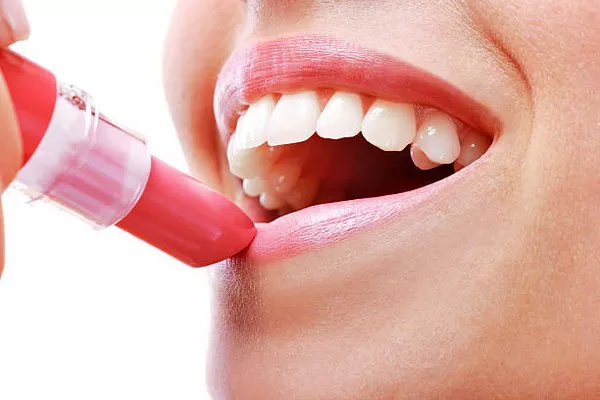Teeth whitening strips have become increasingly popular over the years as a way to achieve a brighter, whiter smile without having to visit the dentist. While these strips can be effective in removing surface stains, many users wonder if it’s safe to use them every day. In this article, we’ll examine the benefits and potential risks of using teeth whitening strips on a daily basis, and provide guidance for those looking to achieve a brighter smile.
What are teeth whitening strips?
Teeth whitening strips are thin, flexible pieces of plastic coated with a whitening gel that contains peroxide. The strips are applied directly to the teeth and left in place for a specified amount of time, typically between 30 minutes to an hour. Over time, the peroxide in the gel penetrates the enamel and breaks down pigmented molecules, resulting in a brighter, whiter smile.
Benefits of using teeth whitening strips
There are several benefits to using teeth whitening strips. First and foremost, they’re convenient and affordable compared to other teeth whitening methods. Most whitening strips can be purchased over-the-counter or online, and they’re easy to use at home, making them a popular choice for many people.
Another benefit of using teeth whitening strips is that they can be effective in removing surface stains caused by coffee, tea, tobacco, and other substances. While they may not be as effective as professional teeth whitening treatments, they can still produce noticeable results with regular use.
Potential risks of using teeth whitening strips
While teeth whitening strips can be effective, there are some potential risks associated with using them on a daily basis. One of the most common side effects is tooth sensitivity, which can occur when the peroxide in the gel penetrates the enamel and reaches the nerves inside the tooth. This sensitivity can range from mild discomfort to severe pain, and may require treatment from a dental professional.
Another potential risk of using teeth whitening strips every day is enamel damage. Over time, the peroxide in the gel can weaken the enamel, making it more susceptible to erosion and decay. This can lead to tooth sensitivity, discoloration, and other dental problems.
Guidelines for using teeth whitening strips
If you’re considering using teeth whitening strips, there are some guidelines you should follow to minimize your risk of side effects:
Use them as directed: Always read the instructions carefully before using teeth whitening strips and follow them exactly as directed. Using them for longer than recommended or more frequently than recommended can increase your risk of side effects.
Don’t use them every day: While it may be tempting to use teeth whitening strips every day to achieve quick results, it’s important to give your teeth time to rest between treatments. Using them every other day or a few times a week is a safer option that can still produce effective results over time.
Avoid high concentrations of peroxide: Some teeth whitening strips contain higher concentrations of peroxide than others. While these may produce faster results, they can also increase your risk of side effects like tooth sensitivity and enamel damage. Stick to lower concentrations of peroxide to minimize your risk of side effects.
Take care of your teeth: In addition to using teeth whitening strips, it’s important to maintain good oral hygiene habits like brushing twice a day, flossing daily, and visiting your dentist regularly. This can help prevent tooth decay, gum disease, and other dental problems that can affect the appearance of your smile.
Conclusion
Teeth whitening strips can be an effective way to achieve a brighter, whiter smile without having to visit the dentist. However, using them every day can increase your risk of side effects like tooth sensitivity and enamel damage. By following the guidelines above and taking care of your teeth, you can safely use teeth whitening strips to achieve the smile you’ve always wanted.
Related Topics:





























